Not Another “Easy” Fix
Across any endeavor – sports, fitness, personal finance, etc – the most common form of clickbait is advertising one “easy” thing that will make all the difference. The allure is obvious: who wouldn’t want to see massive growth from one effortless change?
This lesson is different. I’m going to suggest something that’s incredibly hard. I think it’s worth it – it will dramatically improve the results you see from practice – but it’s not easy. If you’re ready, read on.
Before I go any further, I want to credit the book Essentialism by Greg McKeown [check it out HERE] for inspiring this lesson.
This Lesson Is For You If:
You’re ready to get serious about improving your swing
You are a disciplined golfer

Get Focused
The uncomplicated but difficult message of this lesson is that you need to focus your practice on one thing if you want to see real improvement.
“What? That’s it? That sounds really easy.”
No, it’s really difficult. It’s not complex, but it’s hard. I’ll explain.
Let’s start with the first requirement: knowing the right thing to focus on. To do this, you need to know what’s really hurting your golf game. Thankfully, there are a couple ways to figure this out. One approach would be to take a lesson and have a coach tell you the biggest problem in your golf swing. That could be poor contact, poor club face control, etc.
Alternately, you can look at your shot tracking data [Shot Scope V5 review HERE] to determine which part of your game is hurting your score and drill down from there. As an example, you might see that your short game is suffering, mainly 20-50 yard shots, and mostly due to poor distance control.
Once you’ve got the diagnosis, the hard work of focusing begins. For the rest of this lesson, I’ll use the example of minimizing fat and thin strikes with your irons. You buy a bucket and set up your practice station. The first swing is good. Then you hit one fat. The next ball is perfectly struck, but it slices. What do you do? This is where most golfers lose the plot. Rather than staying focused on their goal, they chase that slice like Dug in Up (“Squirrel!”). The focused golfer pats themself on the back for the perfect strike, ignores the slice, and keeps moving forward.
The graphic above is a perfect encapsulation of this idea. If you are constantly chasing squirrels in practice, you’ll get a tiny, tiny, tiny bit better at a lot of things. If you focus on one thing, you’ll see real improvement.
The Phrase to Erase
A key to progressing on this disciplined path is eliminating the phrase “I have to” from your golf vocabulary. This is a game that you decide to play; nothing about it is “have to.”
Instead, realize that everything within golf is a choice, so use the phrase, “I choose to.” This change is powerful because it allows you to ignore all the squirrels. You don’t have to fix the slice. You don’t have to fix the toe shot. You choose to focus on hitting the ball before you hit the ground, because that’s the most important thing for your game right now.
Not Everything Matters Right Now
Right now, the Dugs in the crowd are furious. “Everything matters! I can’t go out on Sunday and hit slices! I need to fix that!”
They’re not wrong. If you want to play good golf, you can’t have a wild, unpredictable slice. However, you can only fix one thing at a time. That’s why the first step – diagnosis – is so critical. Find the thing that’s causing the most pain and address it. I have an entire lesson on what the real focal points are HERE.
When it’s no longer a problem, we can move on to other things. But understand that nothing gets fixed with five swings. Your focus should not change within practice sessions. Whatever you came to the range to fix, stick with it the entire time. If you allow yourself to change within a session, you’re back to chasing squirrels.
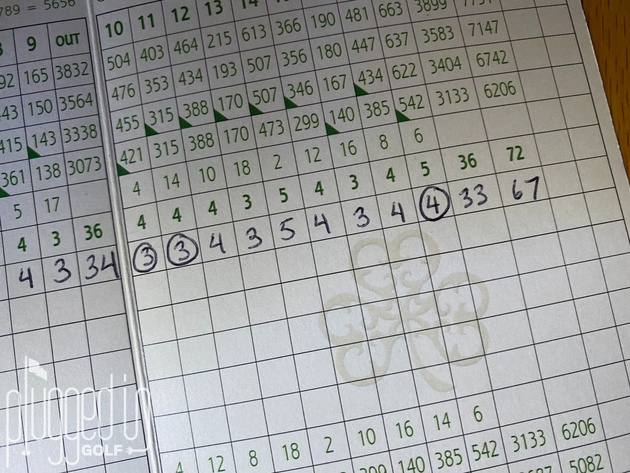
The Feeling of Control & Accomplishment
Ignoring slices and toe strikes will create a certain amount of psychological discomfort at first. You may feel like you’re embarrassing yourself with those “unfixed” slices. Pro tip: no one cares, you’re experiencing the Spotlight Effect [learn more HERE].
That feeling of discomfort will go away after a time, and you’ll be left with a feeling of control. You’re no longer running aimlessly after every squirrel; you’re systematically addressing the flaws in your game. When you leave a practice session, you’ll have made real improvements which will show up on your scorecard. It’s hard, but it will be worth it.
He founded Plugged In Golf in 2013 with the goal of helping all golfers play better and enjoy the game more.
Matt lives in the northwest suburbs of Chicago with his wife and two daughters.
- Performance Golf Click Stick Training Aid Review - October 18, 2024
- Callaway Opus Platinum Wedge Review - October 17, 2024
- When to Take a Break from Golf - October 15, 2024


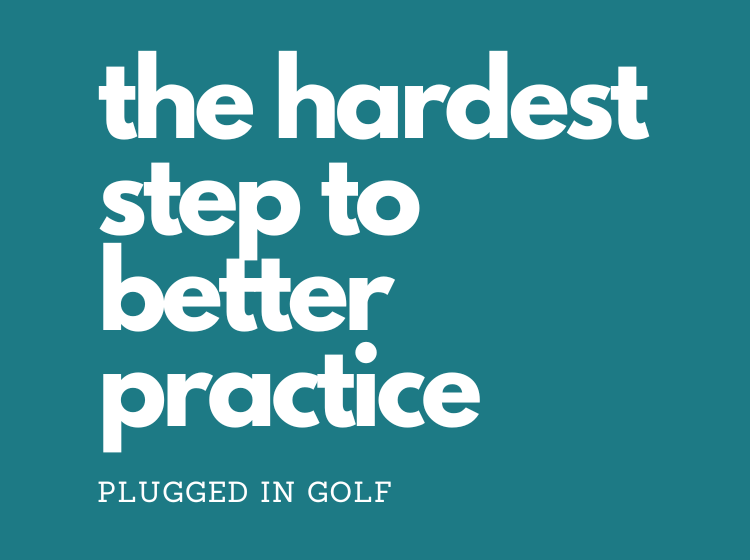
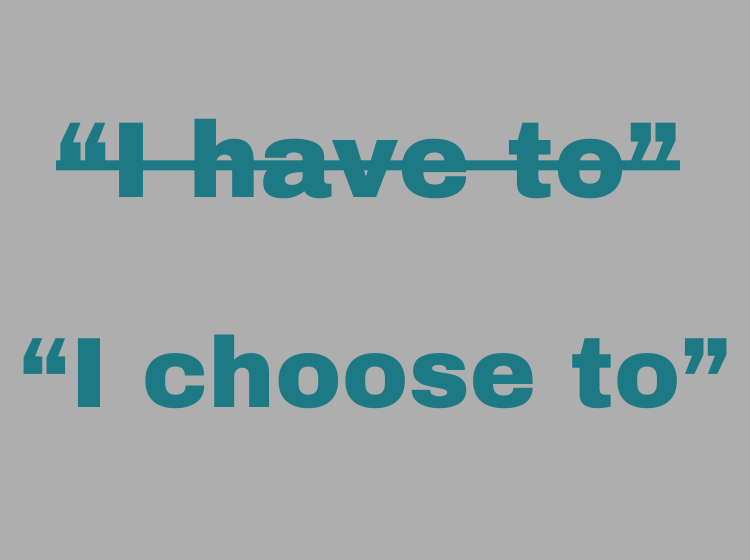
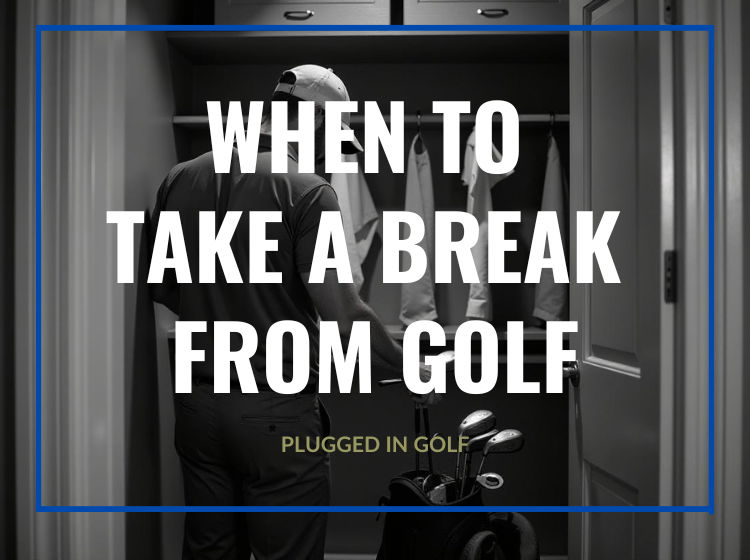
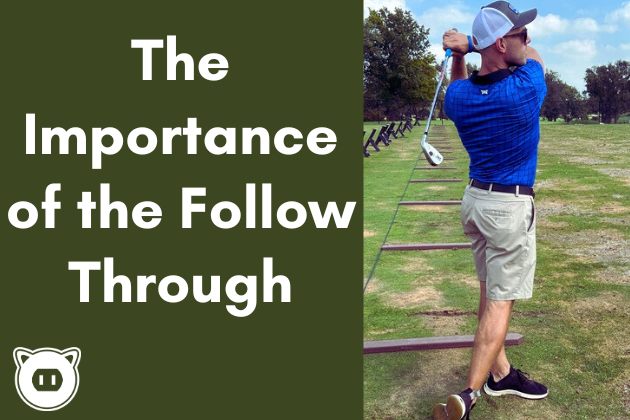










3 Comments
Good advice. My focus lately has been on solid ball striking. I get that there’s a lot packed into that but I’m not getting hung up on direction when I’m thinking about solid strikes. Sure, I’m doing my best at set up with alignment etc. Turns out that this focus is improving the outcomes. Once I’m confidently getting solid strikes then I can work on what’s next.
Fantastic post, Matt, and so very true.
Chiming in to add, that when I manage to concentrate on one thing in a session—and you’re right, it’s really difficult!—and I finish that practice, concentrating on one thing during the *next* practice session becomes much easier. Doesn’t have to be the same thing in Sessions 1 and 2, either.
Focus is a habit you can learn.
I took a lesson. The pro said do you hit a lot of pulls, I said all the time I fear the pull.
He told me you have your face closed at address.
I told him I never had a lesson and I assume that how you setup.
Could not believe how much better I became for a 180.00 lesson.
The cost of a used club on eBay.